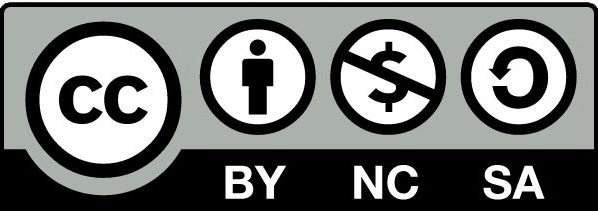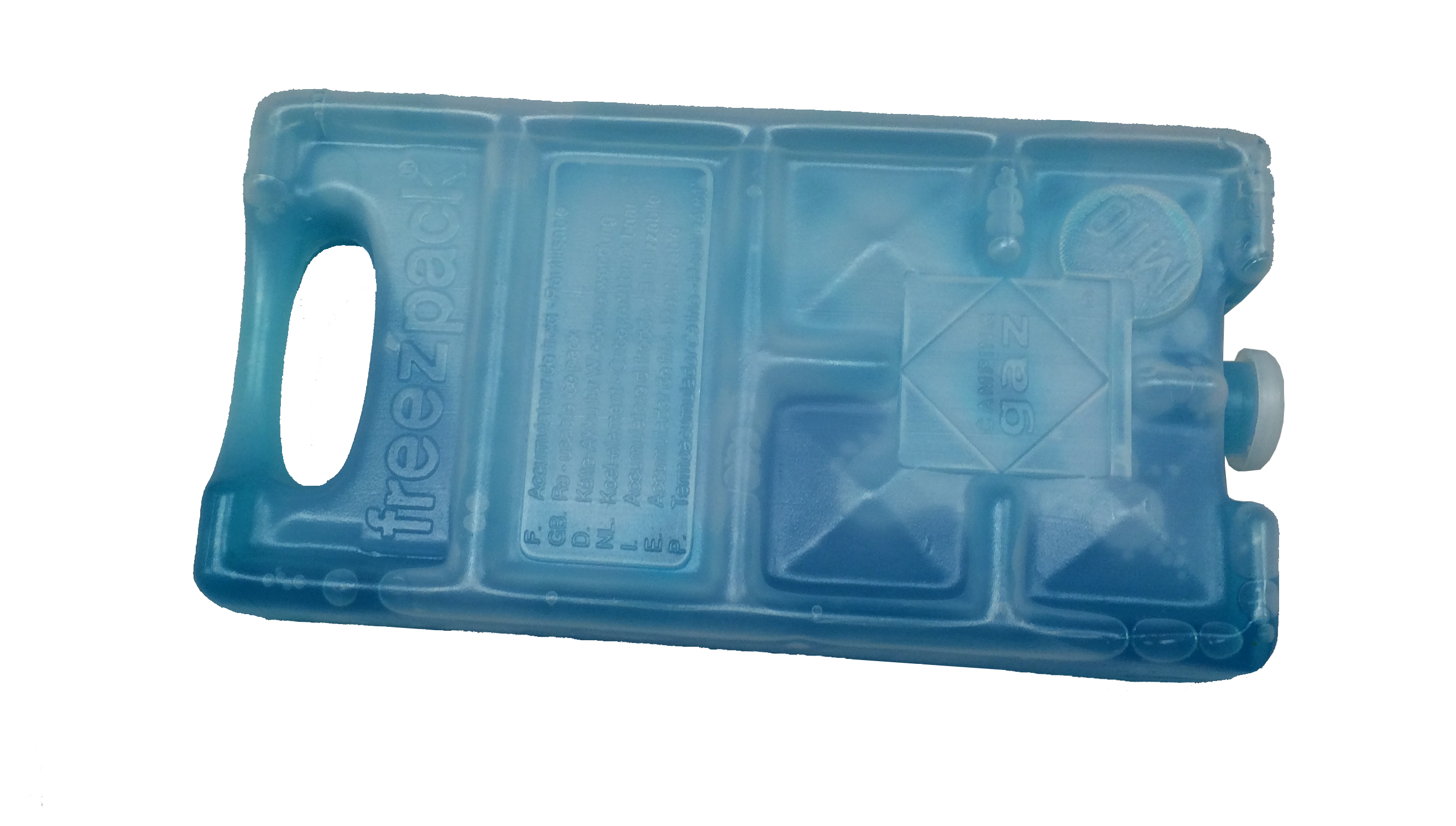W
Warm life test: The empty passive container is stabilized at +18.0oC and loaded with warm water-packs, which have been stabilized at the same temperature for a minimum of 24 hours. Warm life is measured from the moment when the container is closed, until the temperature of the coldest point inside the storage compartment first reaches 0.0oC at a constant ambient temperature of −20.0oC. (WHO)
Warm water-pack: A water-pack typically stabilized at room temperature, up to a recommended maximum of +24.0oC. Warm-packs are used for the transport of freeze sensitive vaccines when the ambient temperature is below 0.0oC. (WHO)
Water-pack: Flat plastic container, filled with water, which can be used as a frozen water-pack (ice-pack), a cool water-pack or a warm water-pack. (WHO)
Water-pack freezing capacity (kg/24 hrs): The maximum weight of water-packs which can be fully frozen, in one batch, during a 24 hour freezing cycle. During this period the temperature of the vaccine storage compartment must remain within the acceptable temperature range of +2°C to +8°C. (WHO)
Well-being (of the trial subjects): The physical and mental integrity of the subjects participating in a clinical trial. (ICH E6/R1)
Well-established medicines: APIs (not products) which:
- have been marketed for at least five years in countries that undertake active post marketing monitoring;
- have been widely used in a sufficiently large number of patients to permit the assumption that safety and efficacy are well known; and
- have the same route of administration and strength, and the same or similar indications as in those countries. (WHO)
See also well-established medicines combinations and well-established medicinal products.
Well-established medicines combinations: Combinations of medicines which:
- have been marketed for at least five years in countries which undertake active post marketing monitoring;
- have been widely used in a sufficiently large number of patients to permit the assumption that safety and efficacy are well known; and
- have the same route of administration and strength, and the same or similar indications as in those countries. (WHO)
See also well-established medicines and well-established medicinal products.
Well-established medicinal products: Pharmaceutical products which contain well established medicines, and which:
- have been marketed for at least five years in countries that undertake active post-marketing monitoring;
- have been widely used in a sufficiently large number of patients to permit the assumption that safety and efficacy are well known; and
- have the same route of administration and strength, and the same or similar indications as in those countries. (WHO)
See also well-established medicines and well-established medicines combinations.
Work instruction: Describes how to complete a specific task. Contrast with an SOP which describes who (title or department) should carry out a series of tasks, and in what sequence. (WHO)
Working stock: Part of inventory available for normal demand in a given period. Usually safety stock is excluded from the working stock. In a typical supply chain, service level facilities such as hospitals and health centres; and retail pharmacies hold a working stock and administer product directly to patient or dispense products directly to the customers (retail pharmacies). Also called cycle stock or lot size stock. (WHO)
World Medical Association (WMA): An international organization representing physicians. It was founded on 17 September 1947, when physicians from 27 different countries met at the First General Assembly of the WMA in Paris. The organization was created to ensure the independence of physicians, and to work for the highest possible standards of ethical behaviour and care by physicians, at all times. This was particularly important to physicians after the Second World War, and therefore the WMA has always been an independent confederation of free professional associations. Funding has been by the annual contributions of its members, which has now grown to 111 National Medical Associations.
The WMA provides a forum for its member associations to communicate freely, to co-operate actively, to achieve consensus on high standards of medical ethics and professional competence, and to promote the professional freedom of physicians worldwide.

As an organization promoting the highest possible standards of medical ethics, the WMA provides ethical guidance to physicians through its Declarations, Resolutions and Statements. These also help to guide National Medical Associations, governments and international organizations throughout the world. The Declarations, Resolutions and Statements cover a wide range of subjects, including an International Code of Medical Ethics, the rights of patients, research on human subjects, care of the sick and wounded in times of armed conflict, torture of prisoners, the use and abuse of drugs, family planning and pollution.
For further details on WMA please visit: http://www.wma.net/en/index.html


The users of this electronic publication are free to share (to copy, distribute, display and perform the work and make derivative works based on it only for noncommercial purposes); and to remix (to adapt the work) under the following conditions:
Attribution - The work must be attributed in the manner specified by the author or licensor (but not in a way that suggests that they endorse you or your use of work)
